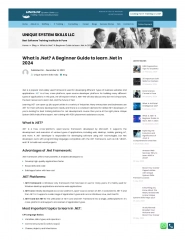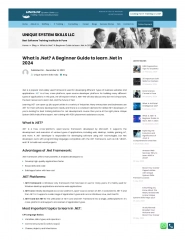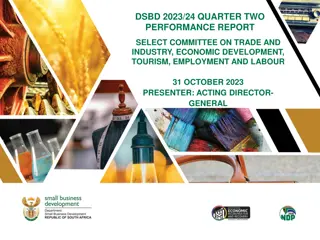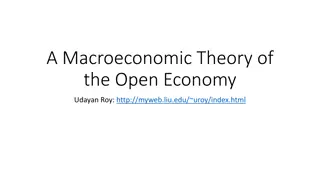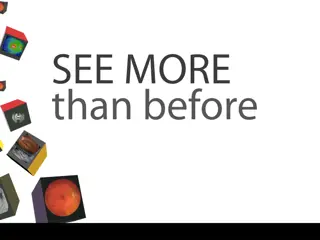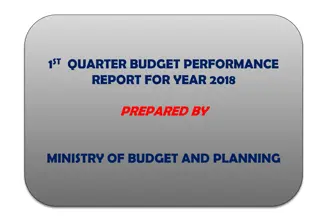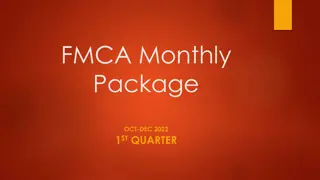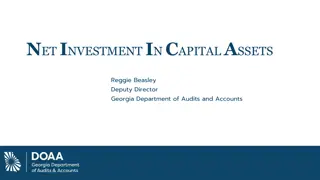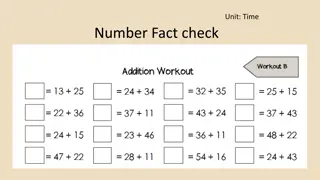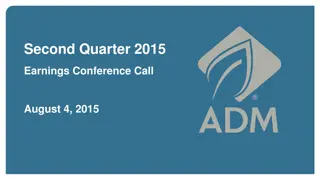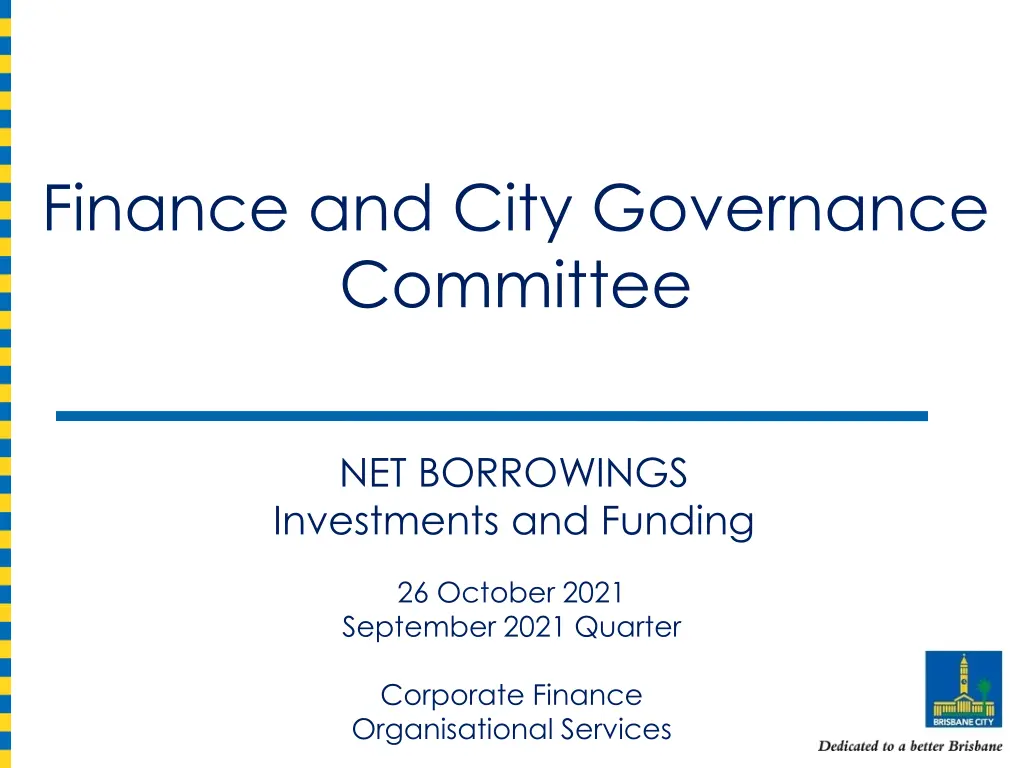
Economic Outlook and Analysis
Explore the global and domestic economic outlook for 2021 and beyond, covering topics such as global growth projections, vaccination rates, inflation trends, and domestic economy indicators like GDP, household income, and retail sales. Stay informed about key factors influencing financial and city governance decisions.
Download Presentation

Please find below an Image/Link to download the presentation.
The content on the website is provided AS IS for your information and personal use only. It may not be sold, licensed, or shared on other websites without obtaining consent from the author. If you encounter any issues during the download, it is possible that the publisher has removed the file from their server.
You are allowed to download the files provided on this website for personal or commercial use, subject to the condition that they are used lawfully. All files are the property of their respective owners.
The content on the website is provided AS IS for your information and personal use only. It may not be sold, licensed, or shared on other websites without obtaining consent from the author.
E N D
Presentation Transcript
Finance and City Governance Committee NET BORROWINGS Investments and Funding 26 October 2021 September 2021 Quarter Corporate Finance Organisational Services
Global Economy Outlook Global growth projected to be 5.7% in 2021 (May 2021 estimate 5.8%) and 4.5% in 2022 Growth is driven by advanced economies (G20 2021 6.2%, 2022 4.8%) Contrastingly, the economic outlook for emerging and developing economies is weaker, as a fault line of vaccine access has emerged between advanced economies and the rest of the world Source: OECD EO September 2021 Risks are to the downside if vaccine rollout is slower than expected and if inflationary pressures lead to earlier monetary policy tightening Recent inflationary pressures are a result of tensions along supply chains caused by the pandemic. At the same time, shipping costs have increased sharply. Although sizeable pay increases are happening in some sectors that are reopening such as transportation, leisure and hospitality, overall wage pressure remains moderate.
Global Economy Vaccination Rates Global growth prospects are highly dependent on the speed of the vaccine rollout The International Monetary Fund reports of a growing divide between the vaccination of advanced economies and those in the emerging markets and low-income countries A risk to economic recovery remains to countries even with high vaccination rates whilst the virus is still circulating elsewhere in the world As at 30 September 2021 the global first dose vaccination rate was 45.2%. However only 2.3% of people in low-income countries had received their first dose
Domestic Economy Outlook Australian GDP grew 0.7% in the June 2021 quarter (March 2021 quarter 1.9%), and was 9.6% in the year to June 2021 (previously 1.1%) National September quarter GDP is expected to be negative, with State variations expected due to different restrictions and lockdowns across the country RBA estimates the Australian economy will grow by 4.0% in 2021 and 4.25% in 2022 Strong house price growth (+20.3% in the year to September 2021, fastest since June 1989) Household disposable income declined by 0.3% in the June 2021 quarter, reflecting lower social benefit payments and a wind back of COVID-19 support payments Household spending increased by 1.1% in the June 2021 quarter but remained 0.3% below December 2019 pre-pandemic levels
Domestic Economy Outlook Inflation Inflation has increased sharply with CPI to June 2021 recording 3.8% annualised (March 2021 1.1% annualised) RBA estimates inflation to be 2.5% in 2021 and 1.75% in 2022 Globally, tensions along supply chains caused by the pandemic have added to inflationary pressures. CPI in G20 countries is projected to slow throughout 2022 Retail sales Retail sales in Queensland in August 2021 decreased 0.9% from the previous month (-1.7% Australia) On an annual basis, Queensland retail sales were 1.2% lower to August 2021 from August 2020, compared to a decline of 0.7% for Australia OECD: World Inflation Drivers
Domestic Economy Outlook Australian dollar The AUD/USD at 30 September 2021 was 0.72 and remains in the upper end of the range in recent years NAB forecasts the AUD/USD to appreciate over the remainder of 2021 to reach 0.80 by early 2022 and remaining around that mark for 2022 Commodities The trend of volatile iron-ore prices has continued with recent weakness in the commodity being partially offset by strength in coal and LNG prices China s driving both of the above, with a reduction in steel production impacting iron ore prices and a ban on Australian coal resulting in increasing prices globally
Domestic Economy Outlook Employment Unemployment decreased 0.1% to 4.5% in August 2021 The decline was driven by a fall in the participation rate of 0.8% to 65.2% Employment fell by 146,300 or 1.1% to 13.0m, however remains 3.1% higher compared to August 2020 In the near term, NAB forecasts deterioration in the labour market driven by a pull back in NSW and Victoria Strong vacancies figures and positive employment intentions indicate a strong labour market, current lockdowns aside NAB estimates the unemployment rate will end 2022 at 4.5% and 4.0% by December 2023
Interest Rates Outlook RBA Board remains committed to maintaining highly supportive monetary conditions and will not increase the cash rate until inflation is within the target 2-3% range, forecast to be late 2023 or early 2024 The central bank has announced it will extend its bond buying program of $4 billion a week to at least February 2022 (previously committed to at least November 2021) RBA notes the economy was recovering before the current Delta COVID-19 outbreaks It is expected the current outbreaks will only delay, not derail the recovery. The economy is expected to bounce back as vaccination rates increase and restrictions are wound back
Queensland Outlook Queensland s unemployment rate in August 2021 was 5.3% (5.2% in July 2021), and the participation rate was 65.9% (66.6% in July 2021) Queensland experienced further strong economic growth in the June 2021 quarter, rising 2.0% (11% year on year) The September 2021 quarter is expected to show a mild contraction in activity, albeit less than in New South Wales and Victoria which are impacted by ongoing lockdowns Future gains for employment are dependant on borders re-opening (internal and international) with the tourism and education sectors impacted by current restrictions Queensland s population growth is the strongest in the country, albeit lower than pre-pandemic
Investments Maturity Risk as at September 2021 $'000 Transactional Bank Account & 11am Foreign Currency Account AUD equivalent Trust Bank Account Term Deposits - City Fund QTC Trust Cash Fund with notice QTC Cash City Fund with notice Total Investments 4d 7d 14d 30d 60d 90d 180d >180d Total 4,268 610 0 0 30,013 265,000 299,891 4,268 610 0 0 30,013 265,000 299,891 0 0 0 0 0 0 0
Funding Capability Figures $000 Sep-20 Dec-20 Mar-21 Jun-21 Sep-21 City Fund Investments Variable Rate Facility Unused Working Capital Unused Borrowing Capacity Bank Balance Unused Bank Overdraft Total Funding Capability $176,300 $250,000 $550,000 $148,000 $250,000 $403,899 $260,000 $250,000 $360,500 $220,000 $8,805 $5,000 $1,104,305 $85,500 $250,000 $550,000 $265,000 $250,000 $436,000 $0 $0 $0 $0 $13,184 $5,000 $994,484 $32,513 $5,000 $839,413 $19,054 $5,000 $909,554 $4,878 $5,000 $960,878 Total Drawn Borrowings Plus Unused funding capability Total Debt Capability $1,901,425 $805,000 $2,706,425 $2,028,629 $658,899 $2,687,529 $2,053,345 $835,500 $2,888,845 $2,063,036 $805,000 $2,868,036 $2,158,943 $691,000 $2,849,943 Total Investments Net Borrowings Total Funding Capability/Total Debt Capability $189,484 $1,711,941 36.7% $180,513 $1,848,116 31.2% $268,805 $1,784,540 33.1% $104,554 $1,958,482 31.7% $269,878 $1,889,065 33.7%
Leasing Exposure Limit ($000) Current ($000) Capacity ($000) Operating Leases Bus Leases CityCats Bus Depot Leases General & IT Total Operating Leases $272,899 $18,588 $2,378 $12,536 $306,401 $397,000 $25,000 $25,000 $20,000 $467,000 $124,101 $6,412 $22,622 $7,464 $160,599 $7,649 $602 $8,252 Willawong bus depot Eagle Farm bus depot - building Finance leases - Bus Depots $50,000 $48,000 $98,000 $42,351 $47,398 $89,748 Total Leases $565,000 $250,348 $314,652

